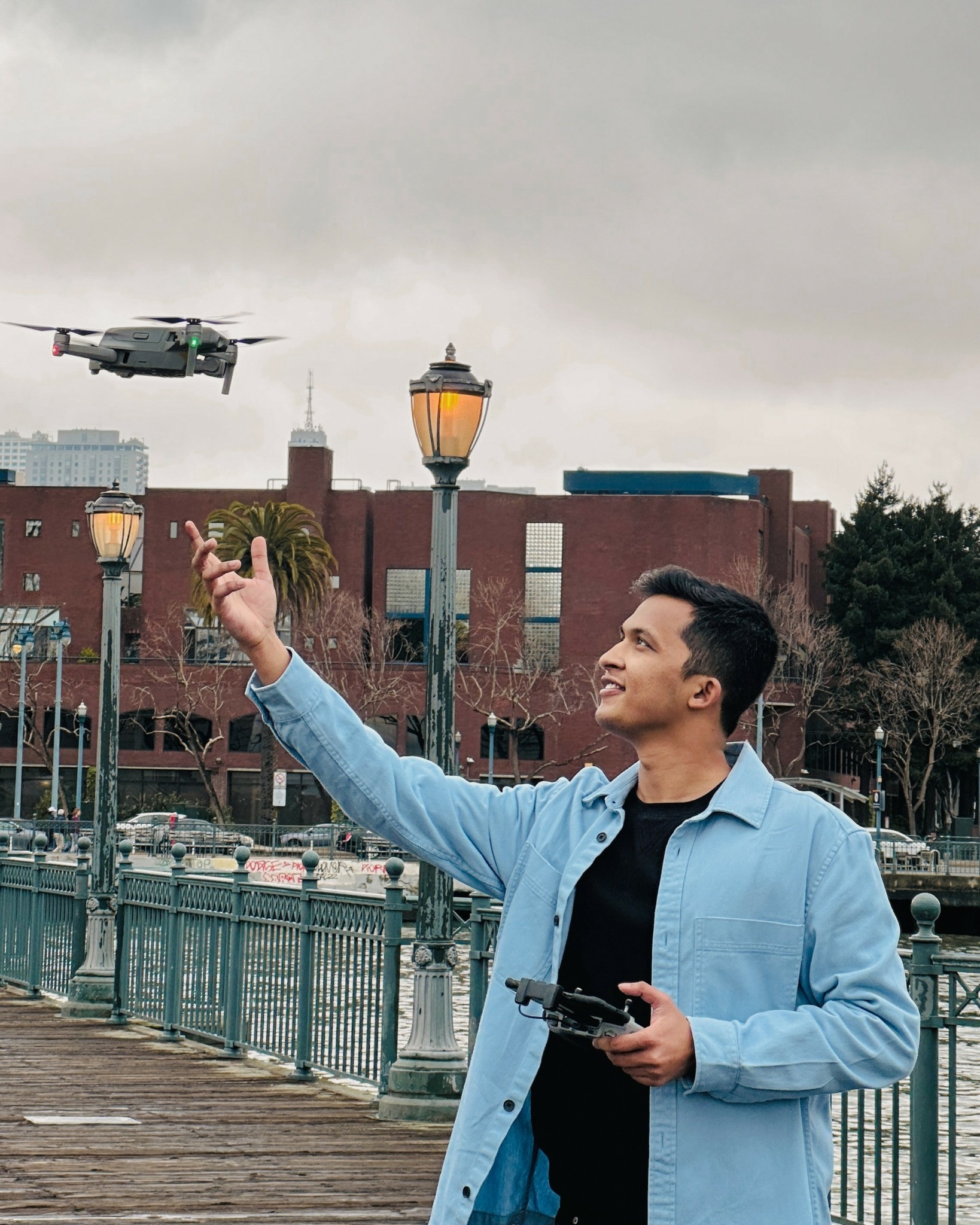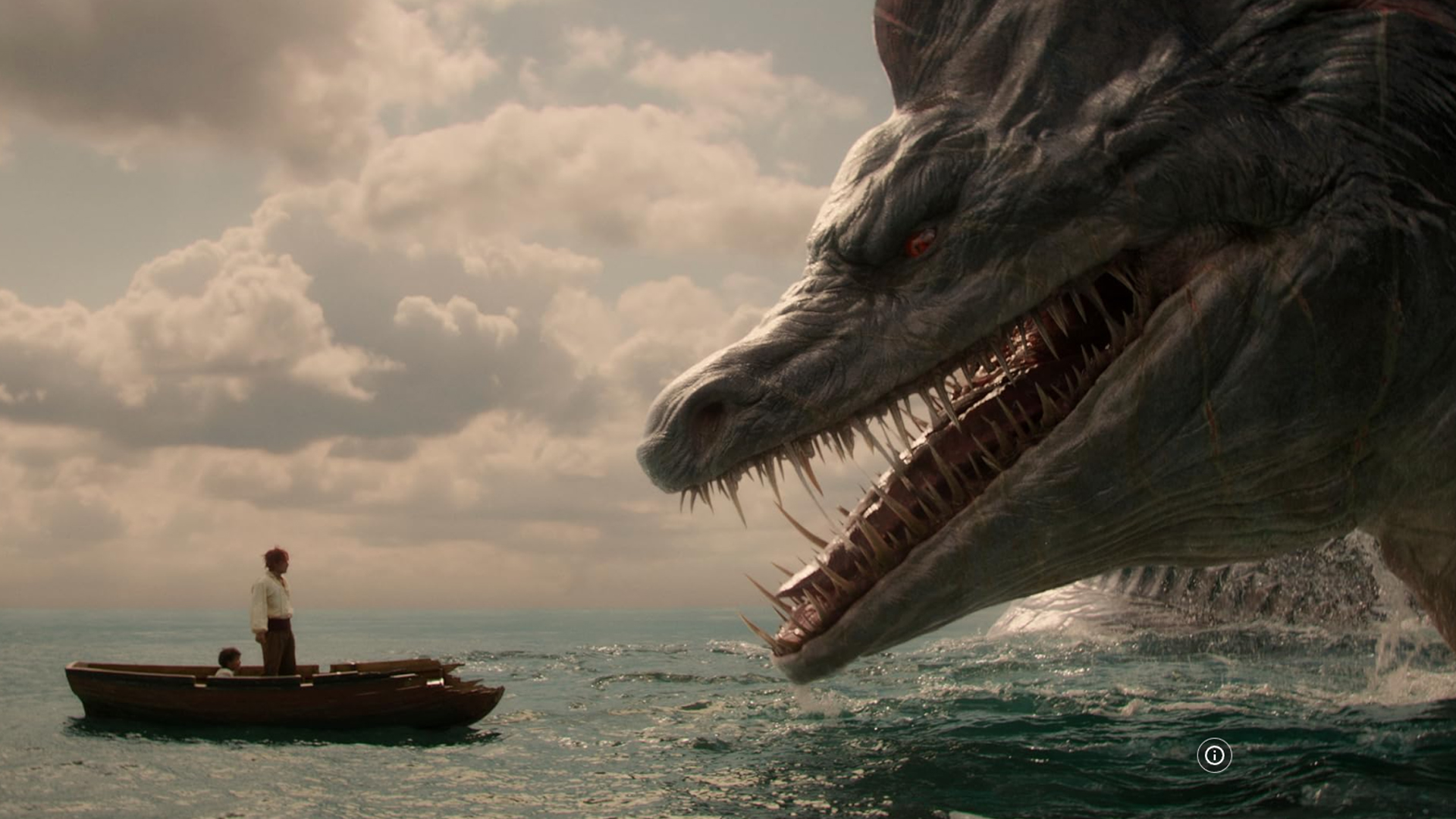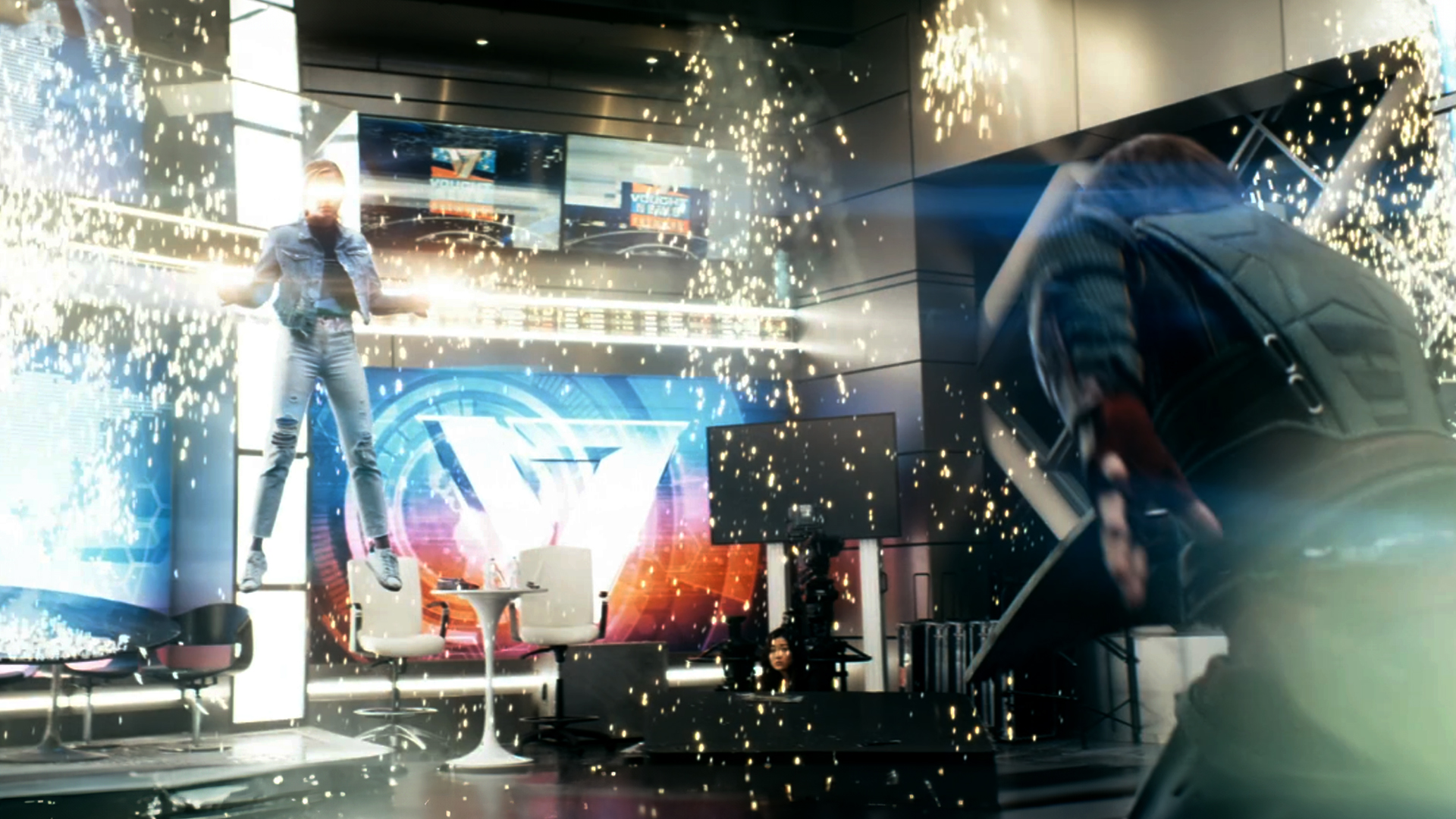We recently connected with Kalpak Deshmukh and have shared our conversation below.
Alright, Kalpak thanks for taking the time to share your stories and insights with us today. Did you always know you wanted to pursue a creative or artistic career? When did you first know?
The moment I realized I wanted to pursue a creative path professionally didn’t happen all at once, but it definitely began during my teenage years. I grew up with a love for movies, TV shows, and video games, always fascinated by how they could transport you into different worlds. But I didn’t immediately think of turning that fascination into a career. At first, I was drawn toward technology and pursued a degree in software engineering. I loved programming and solving technical problems, but I found myself craving something more creative.
During my time at university, I started experimenting with video editing and motion graphics in my free time, mostly through online tutorials. I began creating videos for events, festivals, and even live sports broadcasts, which is where I really started to see how creativity could be combined with technology. It was exciting to bring visual ideas to life and see the impact they had.
The real turning point came when I worked on live events like the FIFA U-17 World Cup and Justin Bieber’s Purpose World Tour. Being involved in those massive productions made me realize just how much I loved the behind-the-scenes magic. The energy, the creativity, and the technical precision all came together in a way that made me feel like I had found my path. That’s when I knew I wanted to dive deeper into visual effects and pursue it professionally. It felt like the perfect way to blend my technical background with my passion for storytelling, and from that moment on, there was no looking back.

Kalpak, before we move on to more of these sorts of questions, can you take some time to bring our readers up to speed on you and what you do?
I’m a VFX (Visual Effects) artist, and I work in the entertainment industry, specifically in film and television, creating dynamic visual effects that are often too complex, dangerous, or impossible to capture in real life. My journey into this field wasn’t linear—it began with a love for storytelling through movies, TV shows, and video games, but I initially pursued a degree in software engineering. While I enjoyed the technical side of things, I found myself gravitating toward more creative outlets. I started experimenting with video editing and motion graphics, which eventually led me to the world of visual effects.
I provide visual effects services for a range of projects, from large-scale productions to more subtle, behind-the-scenes enhancements. My work includes everything from creating massive simulations like explosions, water effects, and destruction sequences, to more intricate and magical effects like spells, space phenomena, and even natural disasters like tornadoes or earthquakes. I’ve had the privilege of contributing to hit shows like The Boys, One Piece, Abbott Elementary, and The Orville. I’m also proud of my work as the CG Lead on the feature film Shooting Stars, where I developed a sophisticated CG crowd system for over 240 shots, adding to the visual impact of the film.
What sets me apart, I believe, is my ability to bridge the gap between technical precision and creative vision. Having a background in software engineering allows me to solve complex technical problems efficiently, while my passion for storytelling drives me to ensure that the visual effects I create serve the narrative and enhance the emotional impact of the scene. I don’t just focus on making things look cool—I focus on making sure that every effect contributes meaningfully to the story being told.
I’m most proud of the versatility I’ve developed throughout my career. Whether it’s working on large-scale destruction sequences for an action-packed show or creating subtle, invisible effects for a more grounded series, I’ve been able to adapt to a wide range of project needs. I want potential clients and followers to know that I’m passionate about pushing the boundaries of what’s possible in VFX while maintaining a deep respect for storytelling. Each project is a chance to bring something new to life, and I’m always looking for ways to innovate while ensuring that the core story remains front and center.
For me, the heart of visual effects lies in its ability to immerse audiences, to make them believe in the impossible. That’s what I strive for in every project I work on, and it’s what I aim to deliver to my clients and collaborators.

For you, what’s the most rewarding aspect of being a creative?
For me, the most rewarding aspect of being a creative and a VFX artist is the ability to bring the impossible to life and see how it enhances the storytelling experience. There’s something incredibly fulfilling about creating visual effects that can transport audiences to different worlds, make them believe in things that don’t exist, or amplify emotional moments in a story. Watching an audience get fully immersed in a scene, knowing that my work played a role in making that happen, is a deeply satisfying feeling.
It’s also about the creative problem-solving that comes with the job. Every project has unique challenges, and finding ways to overcome those whether it’s figuring out how to make a magical effect look believable or ensuring that a massive destruction sequence fits seamlessly with live-action footage is something I genuinely enjoy. The blend of creativity and technical precision is what makes VFX so special to me.
Lastly, the collaborative nature of the industry is another aspect I love. Being able to work with talented directors, producers, and other artists to bring a collective vision to life is inspiring. Each project is an opportunity to learn something new and push my own creative boundaries, which makes the process continually exciting and rewarding.

Are there any resources you wish you knew about earlier in your creative journey?
Absolutely! Looking back, there are a few resources I wish I had known about earlier in my VFX journey, especially during and after my Master of Fine Arts from the Academy of Art University. Platforms like CG Spectrum, Gnomon, and Rebelway offer specialized courses taught by industry pros. When I was starting out, I mostly relied on self-teaching through tutorials, which worked, but structured learning and mentorship could have accelerated my progress, especially with tools like Houdini and Maya.
I also wish I had engaged with industry forums like CGSociety and SideFX Forums sooner. These communities are invaluable for getting advice, solving technical challenges, and connecting with other artists. Lastly, attending networking events and conferences like SIGGRAPH earlier would have been a huge advantage for building connections and staying on top of VFX trends.
Finding these resources earlier would have definitely boosted my growth and opened up even more opportunities along the way.
Contact Info:
- Website: https://www.imdb.com/name/nm13683084/
- Linkedin: https://www.linkedin.com/in/kalpakdeshmukh/


Image Credits
Dave on Hulu (Dave_tv_show_Hulu.jpg)
One Piece on Netflix (One_Piece_live_action_Netflix.jpg)
The Boys on Amazon Prime Video (The_Boys_Amazon_PrimeVideo.jpg)
The Orville on Hulu (The_Orville_Space_Battle_Hulu.jpg)


